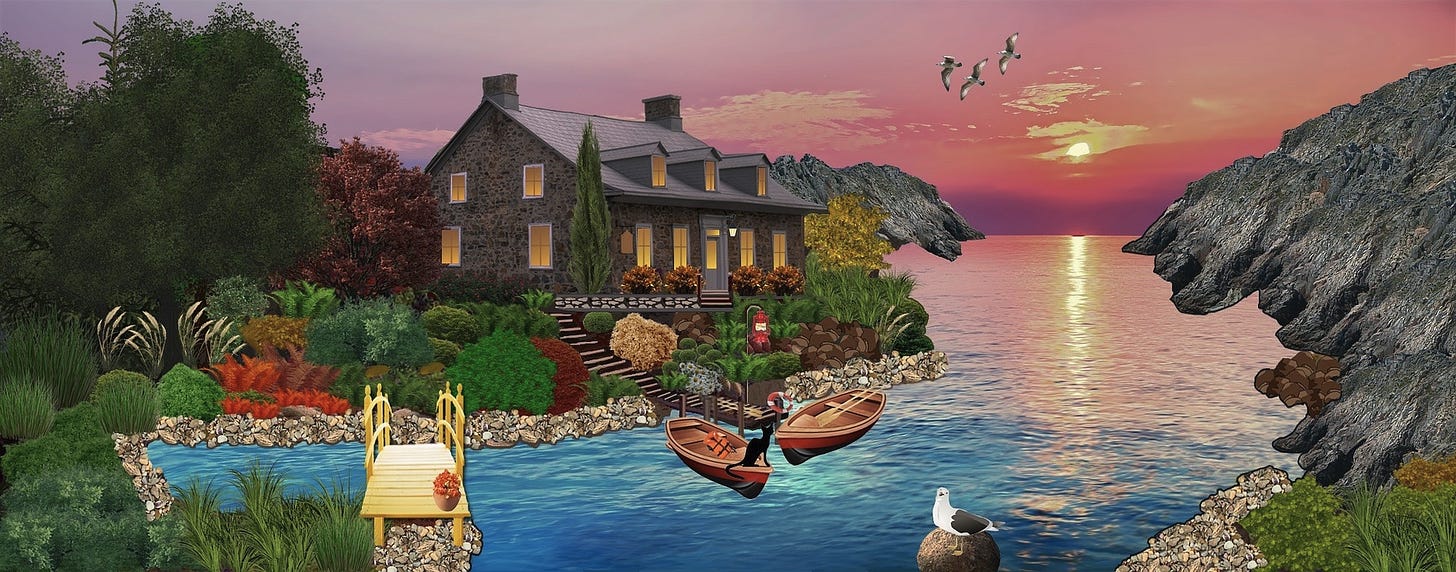End to End Pipeline for setting up Multiclass Image Classification for Data Scientists
Have you ever wondered how Facebook takes care of the abusive and inappropriate images shared by some of its users? Or how Facebook’s tagging feature works? Or how Google Lens recognizes products through images?
All of the above are examples of image classification in different settings. Multiclass image classification is a common task in computer vision, where we categorize an image into three or more classes.
In the past, I always used Keras for computer vision projects. However, recently when the opportunity to work on multiclass image classification presented itself, I decided to use PyTorch. I have already moved from Keras to PyTorch for all NLP tasks , so why not vision, too?
PyTorch is powerful, and I also like its more pythonic structure.
In this post, we’ll create an end to end pipeline for image multiclass classification using Pytorch. This will include training the model, putting the model’s results in a form that can be shown to business partners, and functions to help deploy …
Keep reading with a 7-day free trial
Subscribe to MLWhiz | AI Unwrapped to keep reading this post and get 7 days of free access to the full post archives.


